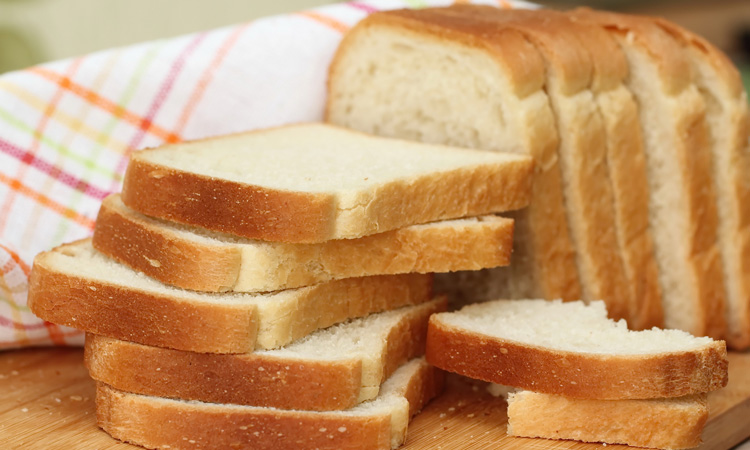Scientists develop high fibre white flour to produce ‘healthier white bread’
- Like
- Digg
- Del
- Tumblr
- VKontakte
- Buffer
- Love This
- Odnoklassniki
- Meneame
- Blogger
- Amazon
- Yahoo Mail
- Gmail
- AOL
- Newsvine
- HackerNews
- Evernote
- MySpace
- Mail.ru
- Viadeo
- Line
- Comments
- Yummly
- SMS
- Viber
- Telegram
- Subscribe
- Skype
- Facebook Messenger
- Kakao
- LiveJournal
- Yammer
- Edgar
- Fintel
- Mix
- Instapaper
- Copy Link
Posted: 6 February 2020 | Sam Mehmet (New Food) | No comments yet
The high fibre white flour that the research team produced is said to contain as much as twice the fibre of traditional white flour, paving the way for healthier white bread.


An international group of scientists led by Rothamsted Research and the John Innes Centre are said to have opened the door to healthier white bread, after they pinpointed genes responsible for the dietary fibre content of flour.
The researchers said that this new white flour is otherwise identical and makes a good quality white loaf – but with all the added health benefits that come from eating wholemeal bread, including reduced cancer, diabetes and obesity risks.
Lead author, Dr Alison Lovegrove, Rothamsted Research, said the team had achieved the breakthrough by exploiting the results of an earlier genetic screen of over 150 different wheat varieties from around the world. “We knew that the white flour made from one particular Chinese wheat variety, Yumai 34, was unusually high in fibre, but it is not well suited for growing in the European climate,” she said.
Government advice suggests adults should eat about 30g of fibre a day, but the average adult in the UK currently only eats about 18g.
“Using conventional breeding techniques, we crossed this high fibre trait into several other varieties. This allowed us to narrow down where in its genome the genes for high fibre are.
“We have developed genetic markers that can easily be used by plant breeders to identify which individual wheat plants have the high fibre genes,” she continued.
The quest to increase fibre in white bread through breeding had stalled in recent years, according to the researchers, with various manufacturers instead producing loaves that contain both white and wholemeal flours, or have fibre from other sources added, in an attempt to address the issue.
“We hope to go on and identify further genes that increase fibre content, thereby providing plant breeders, millers and food producers with even more options,” Lovegrove said.
A slice of typical white bread has about one gram of fibre, whereas wholemeal has about three grams. A slice from a high fibre white loaf could contain up to two grams, the researchers explained.
Related topics
Health & Nutrition, Product Development, Research & development









